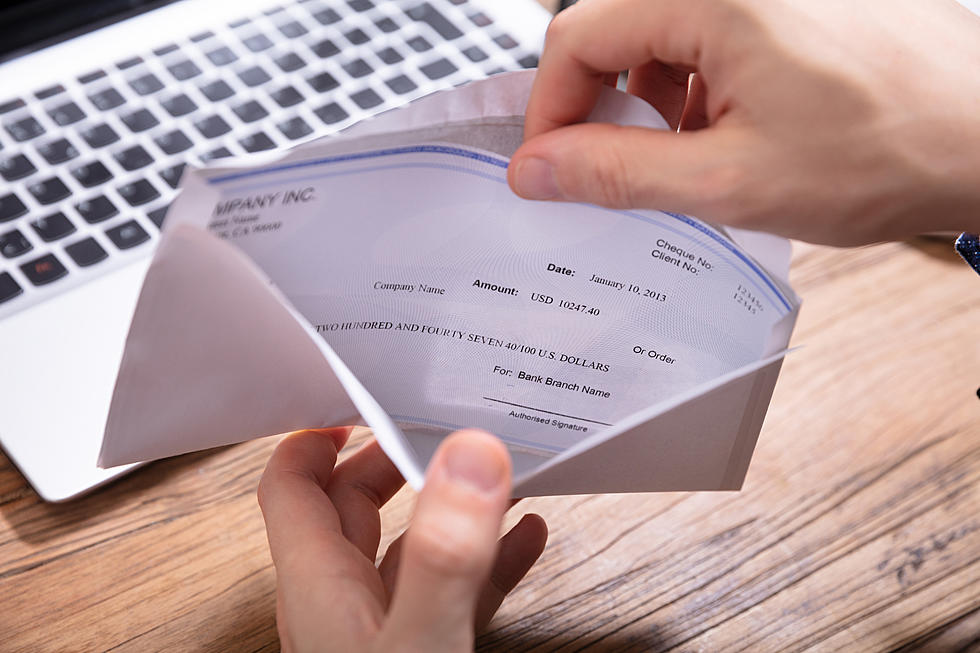Blog
PAYMENT PROTECTION PROGRAM (PPP) LOANS LEAVE BUSINESSES CONFUSED CARES ACT PPP EXPLAINED
Posted: April 17, 2020 | News
In late March, 2020, the President signed into law the Coronavirus Aid, Relief, and Economic Security (CARES Act), which amends Section 7(a) of the Small Business Act to include a new guaranteed, unsecured loan program, the “Paycheck Protection Program” (“PPP). The PPP provides for $349 billion in support of loans to a broader cross-section of small businesses and self-employed individuals than would be typically eligible to receive SBA 7(a) loans.
The rollout has been variously termed a “disaster,” a “fiasco,” and a “debacle.” Small businesses, with cash reserves depleted, are struggling to apply for the money but find themselves stymied by computer glitches, overly technical terms, and confusion. Some business have had applications approved, but still have not received funding.
Our goal is to help our clients alleviate some of this confusion.
The basic terms of the PPP program are as follows:
PPP enables businesses to obtain loans of up to 2.5 times their average annual “payroll costs” and have those loans forgiven, it they spend at least 75% of the funds on “payroll costs” within eight weeks. The purpose? To get money in the hands of employees who need it quickly! PPP, not surprisingly, has become exceptionally popular. However, the Senate wanted loan funds to be disbursed through SBA-approved banks rather than the SBA or Treasury Department. The expectation was this process would result in faster loan funding. Unfortunately, it only created confusion as different banks had different administrative rules and different understandings of procedures and qualifications
The CARES Act’s PPP is offered under Section 7(a), but with important differences from the traditional SBA Section 7(a) program—considering the goal is to allow small businesses and self-employed borrowers to retain employees on the payroll.
Key Differences between PPP and Standard 7(a) SBA Loan Program:
- The maximum PPP loan amount increased from $5 million to $10 million during the "covered period." The current covered period is February 15, 2020 to June 30, 2020. In addition, the limit of the maximum loan value of a business is increased to the lesser of (i) $10 million and (ii) 2.5x of the average monthly payroll cost in 2019, including employee wages and benefits.
- Any small business with fewer than 500 employees (including the self-employed and independent contractors), private non-profit organizations, or veterans’ organizations are eligible for PPP loans. Businesses with over 500 employees are PPP-loan eligible if the business satisfies the SBA’s small business size standards. Food and hospitality employers with multiple locations can be eligible if the locations employ less than 500 employees, per the SBS website.
- The SBA temporarily guarantees 100% of the PPP loans no matter the size or loan value. By comparison, loans up $150,000 were 85% guaranteed by the SBA, while loans greater than $150,000 were 75% guaranteed by the SBA.
- Loan terms for PPP loans are two years with a 1% interest rate and interest is deferred for the first six months.
- Waiver for PPP loans of the SBA’s normal requirement of borrowers to establish or obtain credit anywhere else.
- No need for businesses seeking a PPP loan to provide a personal guarantee or security for small loans. Lenders do not require security for loans up to $25,000. For loans over $350,000, there remains the traditional SBS requirement that lenders obtain security, for the loan to the maximum extent possible, up to the loan amount. That may include requiring the owner to pledge individual collateral to collateralize the loan.
- The permitted use of funds for PPP loans is expanded to include payroll support, paid sick leave, mortgage payments, rent payments, and servicing existing debt, provided that 75% of the PPP loan proceeds are used to pay employee wages.
- SBA states that it plans to establish a procedure for making and disbursing PPP in the same day, as compared to SBA loans requiring five to 10 business days for distributions.
The SBA also released new, somewhat relaxed “affiliation” guidance, applicable solely to PPP loans. The new guidance eliminates some of the less objective, more cumbersome standards, for determining affiliation in connection with a 7(a) loan.
A key feature of the PPP loans and another reason for their popularity is the SBA will forgive PPP loans, if the employer-borrower retains all employees on their payroll for at least eight weeks, and the loan proceeds are used to cover wages, mortgage interest, rent, and/or utilities. Specifically, the loan will be fully forgiven if the proceeds are used for payroll costs (at least 75% of the forgiven amount must have been used for payroll), interest on mortgages, rent, and utilities. Loan payments of principal, interest, and fees will also be deferred for six months (but not more than one year). Loan forgiveness is contingent on the employer maintaining or promptly rehiring employees and maintaining wage levels. If the number of full-time workers declines, or if wages and salaries decrease, forgiveness will be reduced.
North & Nash, A Professional Law Corporation attorneys have deep experience in advising businesses on a broad range of business legal matters and litigating disputes. Please contact us - and we’ll be happy to assist you.
Author: Partners at North & Nash, A Professional Law Corporation

